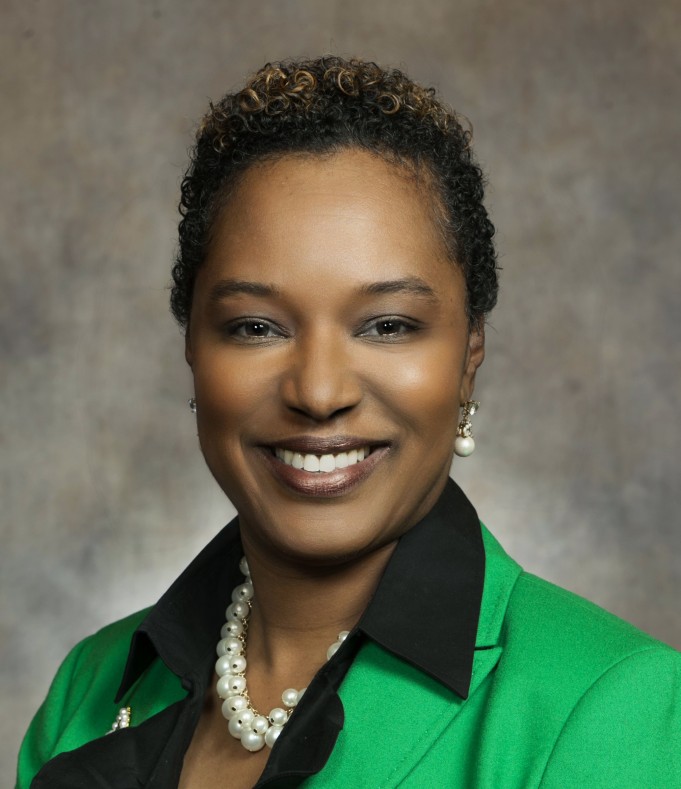Last week ushered in a fresh opportunity to review, reconsider and recommit to the work needed to ensure that people of color are reflected in hiring and leadership roles across all aspects of government. While celebrating the installation of a new governor, many African-Americans flooded the halls of the state capitol. Many came to witness the swearing-in of three newly elected members of the state Assembly, to include Representatives LaKeshia Myers (Milwaukee), Kaylan Haywood (Milwaukee), and Shelia Stubbs (Madison) and witness history as Mandela Banes sworn in as the 1st African-American Lt. Governor of the state.
In fact, there was a lot of historical firsts from this incoming group of black legislators to include that Myers and Stubbs were the first African-Americans sent to the Capitol from their districts and that Haywood is one of the youngest people ever elected to the Wisconsin Legislature.
As I listened to Barnes’ remarks after being sworn in, I understood what he meant when he acknowledged the significance of this moment and invoked the name of Vel Phillips, the only African-American to have ever held a state-wide elected position in the state. Having been in the Legislature for more than 15 years, I am keenly aware of the lack of diversity in staffing, departments and state agencies. I know that communities of color are often underrepresented and that we continue to have problems regarding the state’s workforce. In fact, we have had long-standing conversations about the importance of diversity, whether in Wisconsin schools, neighborhoods, employment, or representation. And once again, others have noticed as well.
A new study released from the nonprofit think tank Brookings Institution, has named Milwaukee as the most racially segregated metro area in the United States. That segregation shows up in hiring decisions, representation on boards and councils, and how talent and abilities of people of color are measured and reviewed. Whether we are talking about Milwaukee or other parts of the state, too often, inclusion has become nothing more than an exercise to check a box: 1 Black, check; 1 Latino, check.
The question that continues to haunt me, is when will we get it? In 2019, we are still talking about “firsts” or that we have “one” – fill in your minority of choice. When will we acknowledge that far too many, do far too little to forge relationships that will help create a pipeline to inclusion and diverse hiring decisions? From the White House to State Houses, there must be an understanding that diversity is often deliberate. It is a deliberate choice to look at staffing, internships, and recruiting mechanisms. It is a deliberate choice to be inclusive. It is a deliberate act to fairly and equitably consider and interview diverse applicants.
More importantly, underrepresented groups must have expectations of increased inclusion, identifiable avenues to bring forward applicants, and hold others accountable that do nothing or just the bare minimum to create diverse workforces and organizational leadership.




























